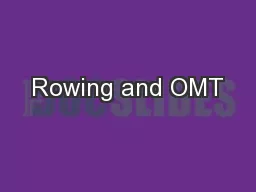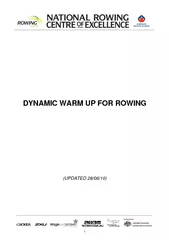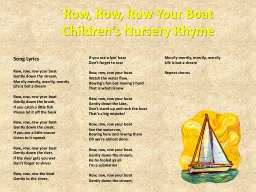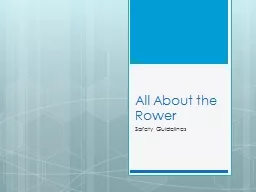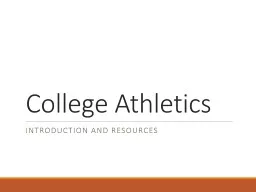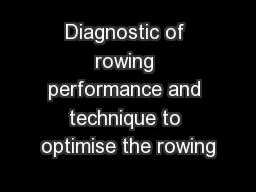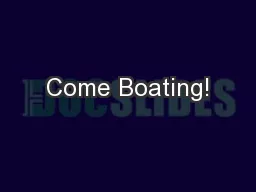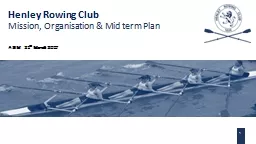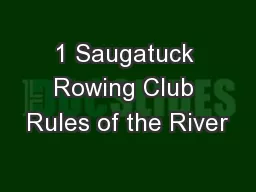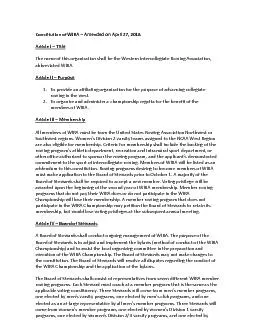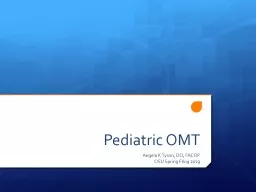PPT-Rowing and OMT
Author : kittie-lecroy | Published Date : 2015-11-30
American College of Osteopathic Pediatricians Shannon Moore DO Robert Hostoffer DO The basic rowing action is a coordinated muscle action that requires application
Presentation Embed Code
Download Presentation
Download Presentation The PPT/PDF document "Rowing and OMT" is the property of its rightful owner. Permission is granted to download and print the materials on this website for personal, non-commercial use only, and to display it on your personal computer provided you do not modify the materials and that you retain all copyright notices contained in the materials. By downloading content from our website, you accept the terms of this agreement.
Rowing and OMT: Transcript
Download Rules Of Document
"Rowing and OMT"The content belongs to its owner. You may download and print it for personal use, without modification, and keep all copyright notices. By downloading, you agree to these terms.
Related Documents

